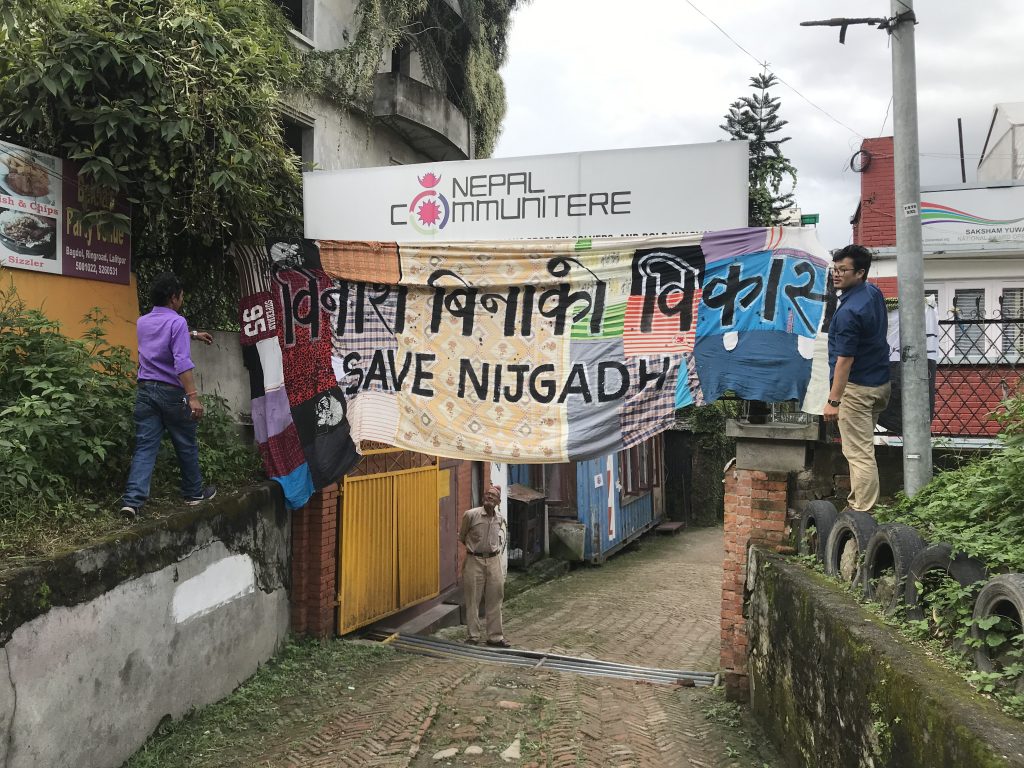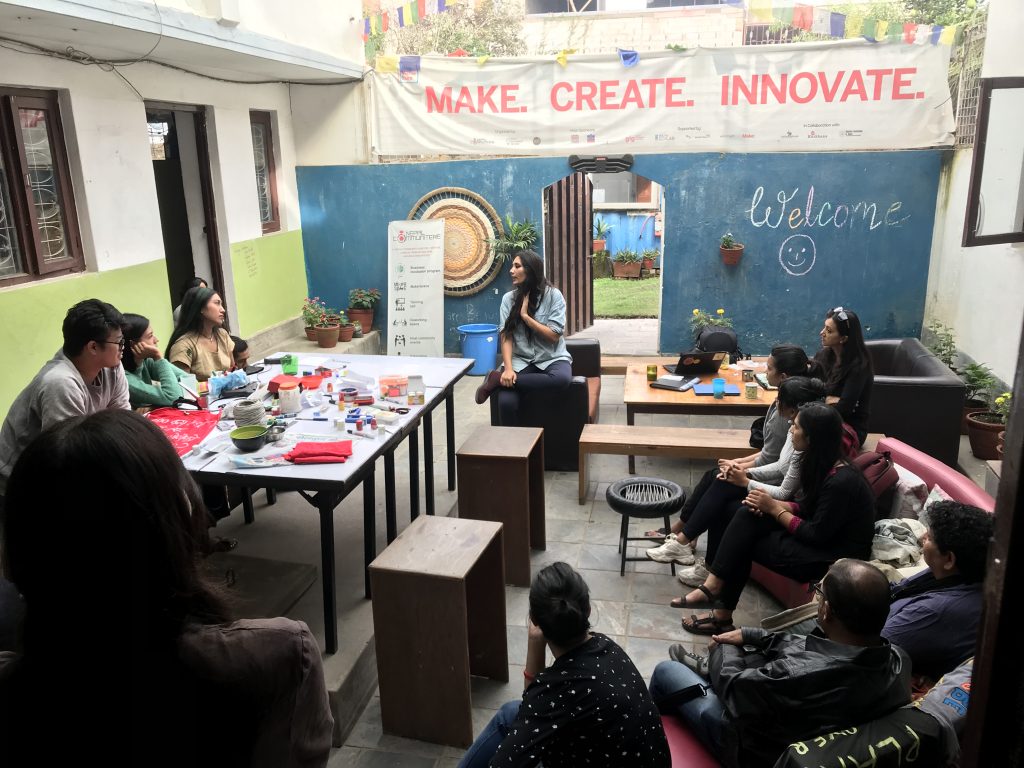
For or against– it doesn’t matter. We need more people to raise questions, to make conversations, to debate the issue. Start the conversation in your communities, at your college, within your friends circle, on your Facebook pages. The more people ask questions, the more decision-makers have to become transparent. How Nijgadh is developed is totally up to us!
When asked about Nijgadh Airport, most will defer to “I don’t know enough about the issue.” You would not be wrong in hesitating before making a bold Facebook post, or marching alongside activists on the streets. It a complex and layered issue; to feel coy about asking the obvious question, having the facts wrong, or being out-argued by someone who knows a bit more is valid. But the big, dirty secret about Nijgadh is this– the specifics regarding the design of the airport, it’s long term viability, the environmental implications remain vexingly vague.
Nepal’s proposed fourth international airport is a Rs 755 billion project. After the impending Gautam Buddha International Airport (capacity: 9 million passengers per year) and another one in Pokhara Airport (capacity: 1 million passengers per year) Nijgadh would be built for a capacity of 15 million passengers. It would be Nepal’s largest airport, four times the size of the world’s largest airport with a capacity of 104 million passengers per year, and the largest airport in South-Asia. Bigger than Delhi’s Indira Gandhi Airport which has a capacity of 65 million passengers.
Experts from conservation to the aviation sector, to local residents of Province 2 claim information is lacking if not outright inaccurate. Given the many unknowns and misinformation, Nepal Communitere decided to create a space to ask questions and understand the issue better in solidarity with local artist collective Kaalo101 and the People’s Alliance for Nature Nepal during the Global Climate Strike week from September 20th through 27th. Community members dropped in for an informational talk on the Nijgadh project’s potentially huge environmental and economic ramifications. Below are a few of the key things our community learnt from the talk.

There are groups who have been digging, prodding to get more information even filing a Right To Information (RTI) to get a hold of the Environmental Impact Assessment report. Among those who have poured through this report there is a common consensus; the report is shoddy at best. There are whole sections of the report that have been copy-pasted from another hydro-power project. The government claims a 7 sites were assessed in a feasibility study conducted to assess the viability and potential business case for the international airport. Allegedly no other region, not even Simara which is 10km away from Nijgadh, is suitable for the airport construction. However, no one has been made privy to the findings of this report.
A reported 2.4 million trees will be cut to make way for Nijgadh airport. The government claims the timber sold from cutting these trees will be used to cover the cost of constructing Nijgadh. Not only would selling the timber not bring enough to even cover the potential cost of construction, but it completely disregards the cost that the Nepali taxpayers will have to bear in the years to come due to more frequent and potentially catastrophic natural disasters.
The two major rivers coursing around the Nijgadh forest, Pasaha and Bakaiya are critical for about 400 fisheries, 3900 irrigation channels for farmlands, and about 150 to 200 underground aquifers that regenerate underground water. Experts are already reporting that in the next 30 years Kathmandu’s underground water is going to dry up. A crisis similar to what is now being faced by our neighbors in Chennai, India. Destroying the Nijgadh forest will potentially bring about a similar disaster in the Province 2 region.
What is even more alarming is major international conservation organizations in Nepal have remained mum on the issue. Allegedly some of these organizations stand to directly benefit from Nijgadh’s deforestation, scoring huge multi-million contracts to start new afforestation programs. Similarly, there are reports of major business houses, politicians and other high profile and high net worth individuals already buying up land surrounding the proposed airport area. We may not know who the real winners may be from Nepal’s fourth international airport, but it’s not too hard to understand who the losers might be.
During the talk, our PAN speaker encouraged us to do a quick and dirty cost-benefit: put the economic gains and boost to the GDP on one side, and start subtracting the costs. The cost of reconstruction and rehabilitation for potential disaster victims, the cost of public health outbreaks from clearing swaths of an extremely dense and diverse forest ecosystem, the cost of desertification and agricultural losses in the country’s agricultural belt. Are we still coming out on top? If you don’t feel 100% comfortable in your ability to answer that question, good! Even the experts are unsure, because the facts are hard to find and verify.
Currently, Nepal’s only international airport in Kathmandu is plagued by delays and congestion that has sharpened the desire for a second international airport. A $92 million ADB-supported Tribhuvan International Airport (TIA) expansion would upgrade TIA’s capacity to 6 million passengers. However, decision makers are keen on felling 8000 hectares of the Terai’s last remaining tropical forest before TIA’s expansion project even comes underway. The reasons are unclear for this haste. From a layperson’s perspective, understanding the implications of TI’s expansion and capacity upgrade seems critical to the Nijgadh decision.
For or against the Nijgadh Airport, doesn’t matter. What we need is for more people to raise questions, to make conversations, to debate the issue. Start the conversation in your communities, at your college, within your friends circle, on your Facebook pages. The more people ask questions, the more decision-makers have to become transparent. How Nijgadh is developed is totally up to us!










